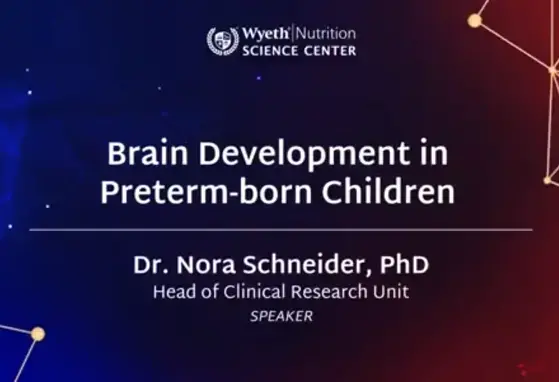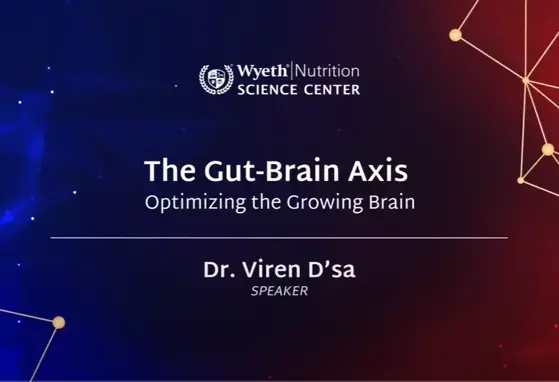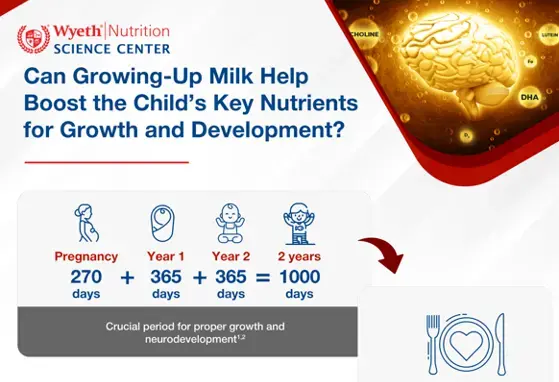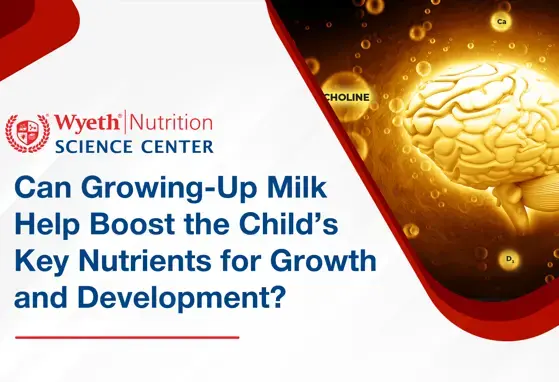[Literature library] Efficacy of myelin nutrient blend on developmental myelination

This recent study investigated the efficacy of a myelin nutrient blend of docosahexaenoic acid (DHA), arachidonic acid (AA), iron, vitamin B12, folic acid, and sphingomyelin (SM) on developmental myelination in formula-fed term infants. 6-month results from this ongoing study were examined.
Study Design
- An ongoing, prospective, longitudinal, two-center, double-blind, randomized controlled investigational trial in neurotypical term-born infants in the USA
Subject and Intervention
Control group (n = 39),
- Fed a bovine milk-based, alpha-lactalbumin enriched infant formula with a standard whey protein concentrate
Investigational group (n = 42),
- Fed a bovine milk-based, alpha-lactalbumin enriched infant formula with a processed whey protein concentrate containing higher levels of SM and phospholipids, supplemented with a blend of DHA, AA, iron, vitamin B12 and folic acid
Study Duration
- From enrollment (2-5 weeks of life) to 12 months of life with follow-up assessments up to 2 years of life
- Five clinical visits during intervention period at 6 ± 1 week, 3 months ± 2 weeks, 6 months ± 2 weeks, 9 months ± 2 weeks and 12 months ± 2 weeks of life
- Two follow-up visits at 18 months ± 3 weeks and 24 months ± 4 weeks of life
- Myelination was measured in magnetic resonance imaging (MRI) at 3 months and 6 months
Results*
Myelin structure,
- At 3 months, T1 values for occipital and parietal lobe were significantly decreased in the investigational over the control group
- At 6 months, T1 values for occipital and temporal lobe were significantly decreased in the investigational over the control group
- No significant differences were found for T2 scans at both 3 months and 6 months of age
Myelin volume,
- Myelin water fraction (MWF) was measured for myelin volume in the study
- At 3 months, MWF of the temporal lope was statistically larger in the investigational over the control group
- At 6 months, MWF of the whole brain, cerebellum, parietal, occipital, and temporal lobe were statistically larger in the investigational over the control group
Rate of myelination,
- Longitudinal MWF slopes for investigational group were significantly steeper in corpus callosum (CC) body (p = 0.025), CC genu (p = 0.016), CC splenium (p = 0.017), temporal lobes (p = 0.045), parietal lobes (p = 0.012), occipital lobes (p = 0.0511), and whole brain (p = 0.013) when compared with control
Conclusion
The efficacy of the myelin nutrient blend on developmental myelination in the first year of life was demonstrated
*Refer to the staged statistical analysis of the 3- and 6-month time points
Link to the full article:
Reference:
Schneider N et al. A nutrient formulation affects developmental myelination in term infants: A randomized clinical trial. Front Nutr 2022.
Other articles that you might be interested in:
[Literature library] Myelination and the developing social brain
WYE-EM-019-FEB-22
If you liked this post you may also like



Infographic - Can Growing-Up Milk Help Boost the Child's Key Nutrients for Growth and development?

The Learning Lead - Volume 2, 2024: "Can Growing-Up Milk Help Boost The Child’s Key Nutrients for Growth and Development?"